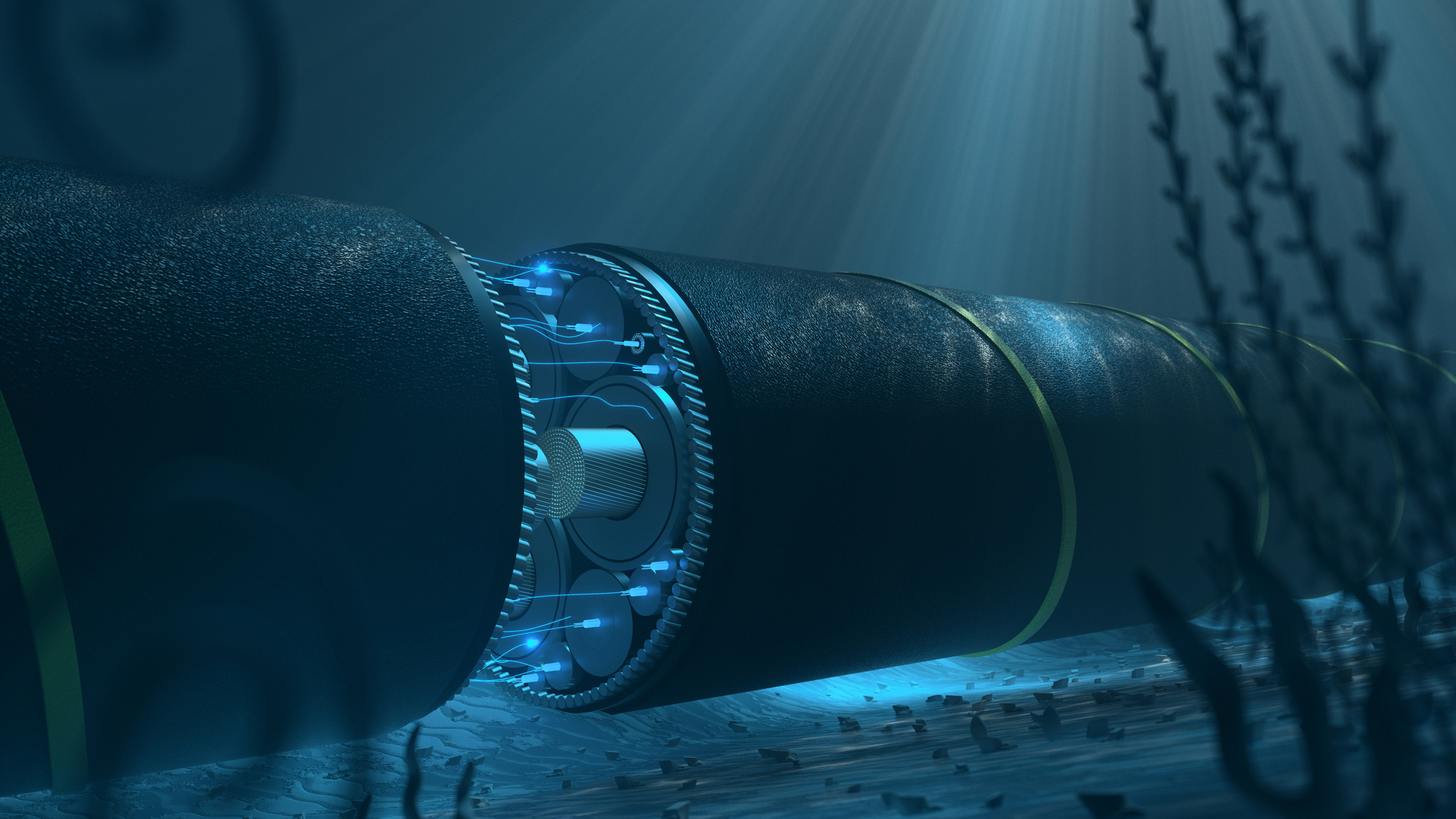Severed subsea internet cables raise network security questions
With international communications links vulnerable to attack, researchers are working to provide dynamic routing via space


Two subsea internet cables in the Baltic appear to have been sabotaged, part of a wider trend that raises concerns about the future reliability of international internet traffic.
A 218 km (132 mile) cable between Lithuania and Sweden’s Gotland Island went offline on Sunday morning, with another connecting Helsinki to Rostock in Germany failing early on Monday. The 1,200 km (746 mile) C-Lion 1 link between Germany and Finland is expected to take up to 15 days to repair.
The incidents are widely believed to be caused by sabotage by a nation-state, with Russia speculated as the culprit. There have been comparable events in the past, most notably the explosion of the Nord Stream gas pipelines in the Baltic Sea in 2022. This summer, a Ukrainian diving instructor known as "Volodymyr Z" was arrested for the attack.
Similar concerns are being raised about this latest attack, with a spokesperson for Finnish network operator Cinia telling local media that the break was definitely caused by an outside impact, with all the fiber connections in the cable cut.
"The fact that such an incident immediately raises suspicions of intentional damage speaks volumes about the volatility of our times. A thorough investigation is underway," said the foreign ministers of Finland and Germany in a joint statement.
"Our European security is not only under threat from Russia‘s war of aggression against Ukraine, but also from hybrid warfare by malicious actors," the statement added. "Safeguarding our shared critical infrastructure is vital to our security and the resilience of our societies."
Security questions
Given the presence of other cable routes, the incidents are not expected to affect internet traffic this time around. However, they do raise questions about the security of cable infrastructure in the future.
Get the ITPro daily newsletter
Sign up today and you will receive a free copy of our Future Focus 2025 report - the leading guidance on AI, cybersecurity and other IT challenges as per 700+ senior executives
"The writing has been on the wall for a while now relating to subsea cable disruption. Western countries have been relying heavily on subsea infrastructure without creating robust resilience around it," said Gregory Falco, assistant professor of engineering at Cornell University.
"Much of the challenge is the consortia-based ownership and operating structures of these subsea cables and the lack of clarity around who is responsible for protecting them in international waters – especially if companies are the owners," Falco added.
There are moves to improve the resilience of the internet through satellite-based internet. For example, the NATO-funded Hybrid Space/Submarine Architecture Ensuring Infosec of Telecommunications (HEIST) consortium is working on a system that would reroute traffic to space in the event of disruption to undersea internet cables.
RELATED WHITEPAPER

"It will provide better situational awareness for subsea cable threats, a mechanism to prioritize critical communication traffic and reroute the data to satellite communications networks in the case of disruption," explained Falco.
"With our industry partners – including SpaceX, Viasat, and SES – we aim to have dynamic and resilient routing for subsea cables so that what just happened in Finland does not cause widespread disruption."
Emma Woollacott is a freelance journalist writing for publications including the BBC, Private Eye, Forbes, Raconteur and specialist technology titles.
-
 Bigger salaries, more burnout: Is the CISO role in crisis?
Bigger salaries, more burnout: Is the CISO role in crisis?In-depth CISOs are more stressed than ever before – but why is this and what can be done?
By Kate O'Flaherty Published
-
 Cheap cyber crime kits can be bought on the dark web for less than $25
Cheap cyber crime kits can be bought on the dark web for less than $25News Research from NordVPN shows phishing kits are now widely available on the dark web and via messaging apps like Telegram, and are often selling for less than $25.
By Emma Woollacott Published